Spinning Bike Vs Exercise Bike: Is There A Difference?
Author:
Unlock your full potential by engaging with our experts and community! Have questions about your fitness journey or looking for expert advice on weightlifting techniques? Don’t hesitate — leave a comment below and Ihor Shymechko will provide a personalized answer and insights to help you reach your goals.
Torokhtiy is reader-supported. Some links are affiliate links, and we may earn a commission at no extra cost to you. See our disclosure page for details.
Outdoor cycling is a brilliant workout to exercise muscles and burn calories. But, what happens when you want to train indoors? That’s where stationary and spin bikes come in.
A spinning bike is designed to simulate outdoor cycling with a more aggressive riding position and heavier flywheel, while an exercise bike is designed for a more general fitness workout with a comfortable upright riding position and pre-programmed workouts.
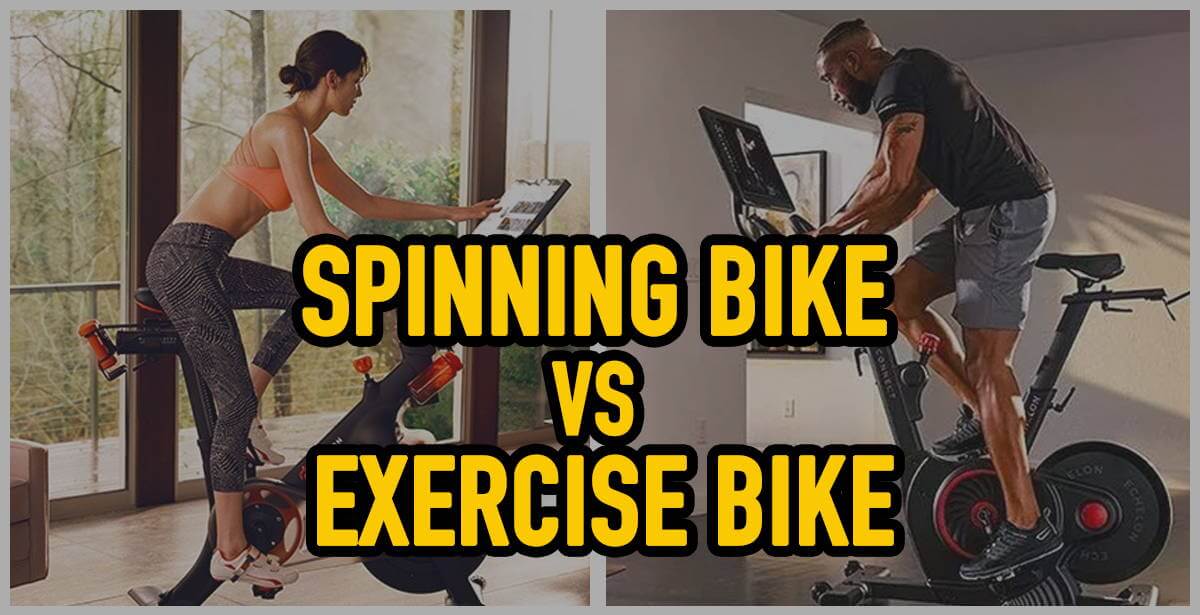
Spinning Bike vs Exercise Bike
Spinning bikes offer a full-body cycling experience, while exercise bikes provide low-impact cardio training.
Most people are confused about the difference between a spin bike and an exercise bike. This guide will walk you through their characteristics, pros, cons, and the best option to begin enjoying indoor cycling.
What Is an Exercise Bike?
An exercise bike is a piece of cardiovascular equipment that is designed to simulate the experience of riding your bicycle indoors.
Research from Harvard University explains that a 70 kg man that rides an exercise bike for 30 minutes, burns at least 250 calories.
Whether you are looking to burn calories, improve your aerobic fitness, or simply stay active, an exercise bike is perfect equipment to buy.
When used correctly, exercise bikes can help your body build endurance, fitness, cut down on calories and lose weight. They come in different sizes and shapes, with the common goal: to simulate the real bike-riding experience without worrying about going outdoors.
1. Types
There are three types of exercise bikes – recumbent, upright, and spin. They arrive in numerous designs and functionality attributing each type.
2. Recumbent
The recumbent type works for more comfort due to its seating style and back support. It resembles a chair where you can relax your back during exercise. However, it neglects your core and lower body.
3. Upright
The upright bike type solves this problem by enabling an erect standing posture thereby integrating and strengthening your core muscles. But, it can be painful due to the increased stress on your joints.
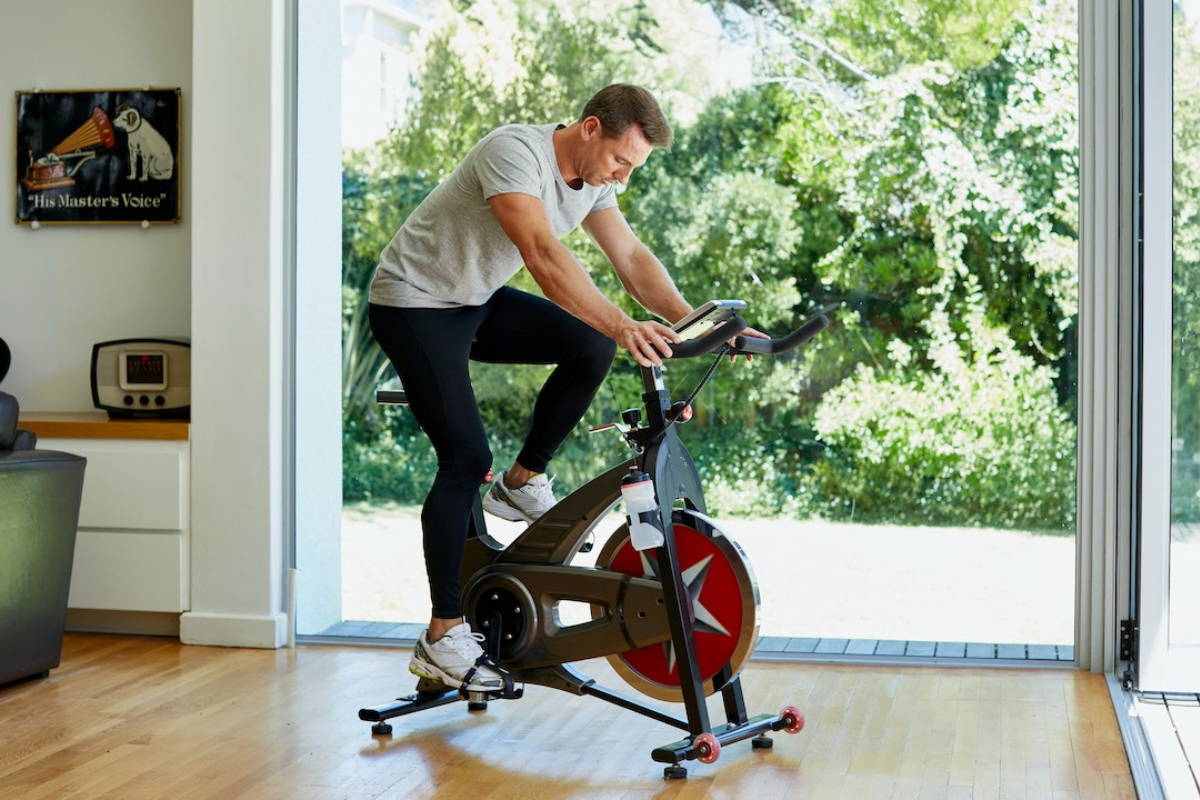
4. Spin
Spin bikes offer a complete fitness package that focuses on whole body workout. It has a large flywheel that simulates the high resistance when driving an outdoor bike. The handlebars and seat are also designed like your normal bikes plus adjustable resistance levels that keep you in control of your workout session.
What Is a Spinning Bike?
Spinning bikes are fitness equipment that provides a realistic outdoor road-bike feeling. They have adjustable resistance levels and various built-in features that can make it easier to clinch your fitness goals.
Unlike traditional stationary bikes, spinning bikes are built for performance. They are designed to mimic the experience of outdoor cycling, with features such as adjustable resistance levels, handlebars that simulate the feel of a road bike, and a large flywheel that provides a smooth, realistic ride.
Spin Bike vs Stationary Bike
The difference between a spin bike and exercise bike falls down to their features. Here’s a breakdown of their unique characteristics and functionality.
Characteristics of Stationary Bikes
Here are some of the characteristics that make stationary bikes unique:
1. Comfortable Seat
Unlike the spin bikes which resemble outdoor cycling, stationary bikes focus on comfort for long training sessions. The seat is its primary characteristic as it is adjustable, maximizing a pleasant workout and perfect if you have back or joint problems.
2. Pedals
Stationary bikes also arrive with pedals that can go with normal athletic shoes. However, some types have pedals that can suit cycling shoes and cleats like in spin bikes.
3. Handlebars
On a stationary bike, the handlebars are usually made to be comfy and convenient. They are adjustable, enabling you to select the riding position that is most suitable for your body. This allows you to target different muscle areas and create a more interesting exercise by having several hand positions.
4. Low-impact Workout
The fact that a stationary bike offers a low-impact workout is among its many advantages. As a result, it is kind to your joints and may be a fantastic solution for those who have knee or hip issues. It is a fantastic approach to reduce stress on your body while increasing cardiovascular health and calorie burning.

Characteristics of Spin Bikes
Here are some of the characteristics that make spin vs regular exercise bike unique:
1. Flywheel
The powerful flywheel that simulates an outdoor cycling experience is what makes spin bikes unique. It comes with resistance to assist you strengthen your lower and core muscles. The bike’s flywheel, which may weigh up to 50 pounds, is often found up front.
2. Handlebars
Similar to road bikes, spin bikes include handlebars with variable hand placements that replicate various riding postures. This makes working out more interesting and enables you to train different muscle groups. You can usually find the most comfortable riding posture for your body by adjusting the handlebars.
3. Adjustable Resistance
The flexibility to change the resistance level is another crucial aspect of spin bikes. This makes it perfect for people of all muscular endurance since you may alter the pace of your activity. Riding up hills or down steep hills may be mimicked by varying the resistance level, making for a demanding and effective workout.
4. Pedals
A spin bike’s pedals are often made to fit cycling shoes with cleats, which can improve your ride’s economy and power. Several versions also have normal pedals that may be used with everyday sports footwear, though.
Exercise Bike vs Spin Bike: Summary
Pros/Cons Of Exercise Bikes
Positives:
Could be better:
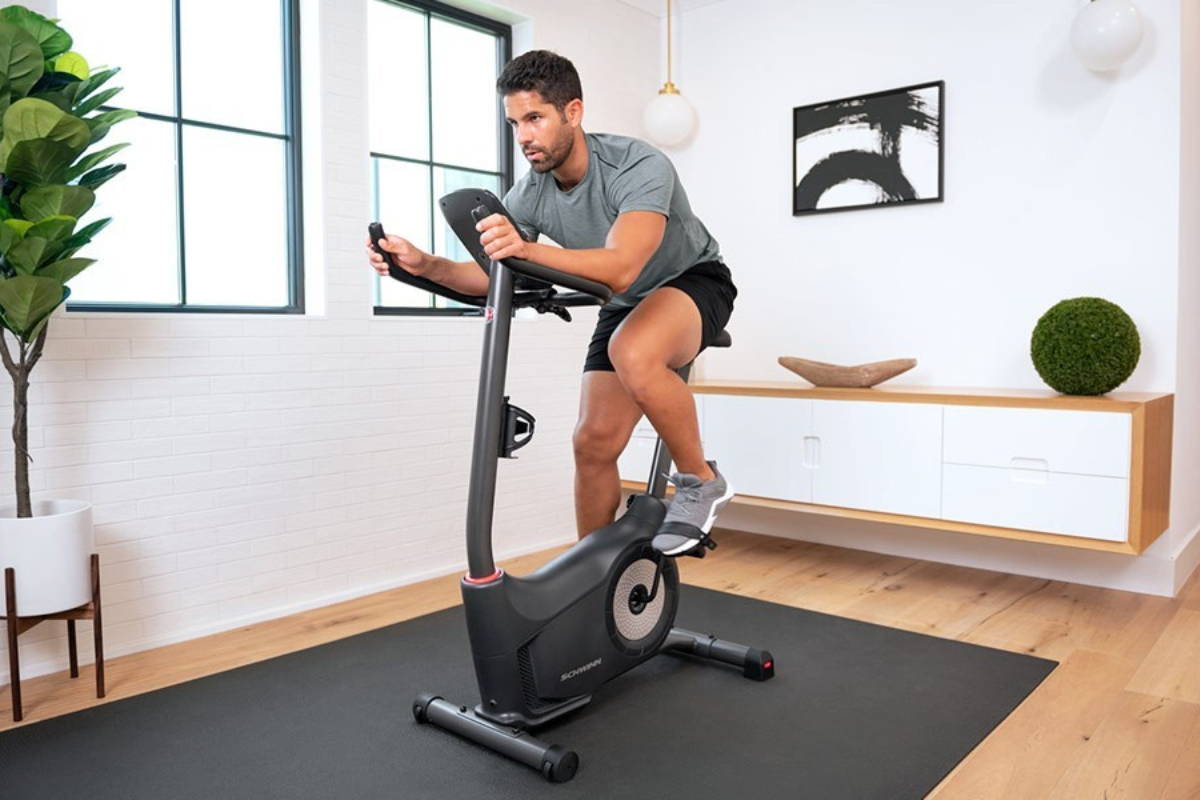
Pros/Cons Of Spin Bikes
Positives:
Could be better:
Stationary Bike vs Spin Bike: When to Use Each?
Which exercise bike — exercise bike or spin bike — is better if you’re shopping for a new exercise bike? They’re suitable for various types of exercises and each has its own advantages. Here’s a guide on when to use each type of bike:
When to Use a Stationary Bike:
- You want to have great cardiovascular health without straining your body.
- You want low-impact and arthritis-friendly exercise.
- If you’re recovering from an injury or experience joint pain. Stationary bikes offer a low-impact workout that is easy on the joints, making them a great option for recovery.
- If you want a comfortable workout without sacrificing performance.
When to Use a Spin Bike:
- High-intensity workouts to build strength, endurance and muscle training.
- Simulate outdoor cycling regardless of bad weather conditions.
- Interval training requires flexibility in intensity levels.
Exercise Bike We Recommend
The Schwinn upright bike is a perfect choice if you want a stationary bike that provides an enjoyable cardio workout. It is designed to cater for different fitness levels. The user-friendly interface makes it a top choice even for beginners. It also arrives with adjustable resistance levels to allow you to reach your desired intensity.
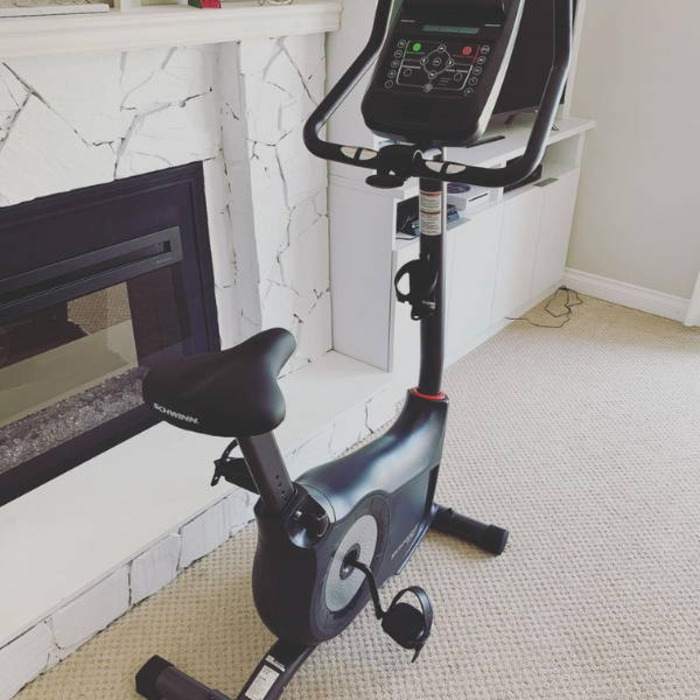
Spin Bike We Recommend
The Belt drive exercise indoor cycling bike is the absolute genius we recommend for an amazing home workout. The LCD steals the show by displaying your progress which helps rate your fitness goals. The flywheel’s quality is top-notch and gives you entire control.
The adjustable resistance helps you mimic outdoor cycling so you get the same results. The handlebar is not left out, it’s padded with ergonomic materials for extra safety. If you want a spin bike without breaking the bank, then purchase the Belt drive bike.
FAQ
Which Burns More Calories: Spin Bike Or Stationary Bike?
Spin bike workouts typically involve a lot of standing and pedaling, which can help you engage more muscles and burn more calories than you would on a stationary bike. Furthermore, it allows full muscle exercise that helps you burn calories overall.
What Is Better for Weight Loss: A Spin Bike or Exercise Bike?
Spin bike’s focus is on high-intensity workouts which burn a larger amount of calories compared to stationary bikes. Overall, it provides an opportunity to challenge muscles, increase metabolic rate and consequentially, lose weight.
Can You Use a Stationary Bike for Spinning?
Spinning involves cycling under different resistance levels like climbing up or down the hill. Stationary bikes do not provide the features that allow for this process. However, with an increased resistance level, and adjustment of seating position, you can mimic the outdoor style.
Conclusion
We’ve explained the disparities and uniqueness between spinning bikes vs. exercise bikes. Now, make the decision to get one and enjoy all its benefits.
Do you have questions on the difference between spin bike and stationary bike? Then shoot it using the comment section.
Also read:
- What Muscles Does Exercise Bike Work
- Magnetic Resistance vs Contact Flywheel
- Stationary Bike Benefits
- Recumbent Exercise Bike vs Spin Bike
- 1 Month Exercise Bike Results
References:
- Calories burned in 30 minutes for people of three different weights // The President and Fellows of Harvard College: https://www.health.harvard.edu/diet-and-weight-loss/calories-burned-in-30-minutes-for-people-of-three-different-weights
- Cycling – health benefits // Betterhealth: https://www.betterhealth.vic.gov.au/health/healthyliving/cycling-health-benefits
- The Deadlift and Its Application to Overall Performance // National Strength and Conditioning Association: https://www.nsca.com/education/articles/tsac-report/the-deadlift-and-its-application-to-overall-performance/
- Can You Use a Normal Exercise Bike for Spinning? Our Guide To A Great Workout // Exercisebikeacademy: https://exercisebikeacademy.com/guides/can-you-use-a-normal-exercise-bike-for-spinning/
- What Is Better for Weight Loss: A Spin Bike or Exercise Bike? // Livescience: https://www.livescience.com/are-exercise-bikes-good-for-weight-loss
Why Trust Us?
With over 20 years in Olympic weightlifting, strength training, nutrition coaching, and general fitness our team does its best to provide the audience with ultimate support and meet the needs and requirements of advanced athletes and professional lifters, as well as people who strive to open new opportunities and develop their physical capabilities with us.
By trusting the recommendations of our certified experts in coaching, nutrition, and sports training programming, as well as scientific consultants, and physiotherapists, we provide you with thorough, well-considered, and scientifically proven content. All the information given in the articles concerning workout programming, separate exercises, and athletic performance, in general, is based on verified data.
The product testing process is described in more detail here.
Author: Ihor Shymechko
Pro Olympic Weightlifter, Coach
Best Results: Snatch – 208 kg,
C&J – 240 kg
Ihor has been a professional weightlifter since 1996, boasting over two decades of competition experience. His notable achievements include clinching the European Championship in 2009 and securing a silver medal in the 105kg division at the Senior World Championships in 2011. Ihor represented his country in the 2008, 2012, and 2016 Summer Olympics. After retiring from competitive weightlifting, he transitioned to coaching, leveraging his vast experience to guide athletes who now compete on both national and international stages.



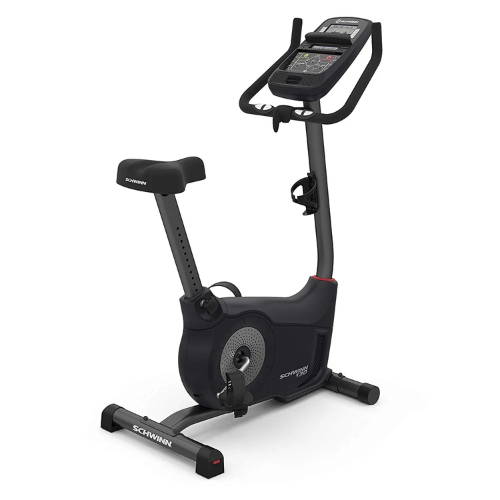
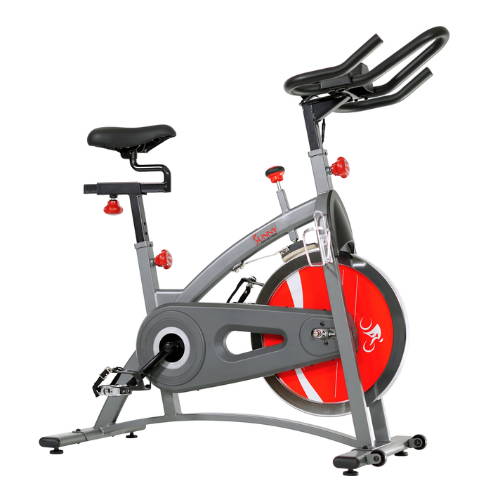
Still have questions after reading our article? Unlock your full potential by engaging with our experts and community! Don’t hesitate — leave a comment below and Ihor Shymechko will provide a personalized answer and insights to help you reach your goals.